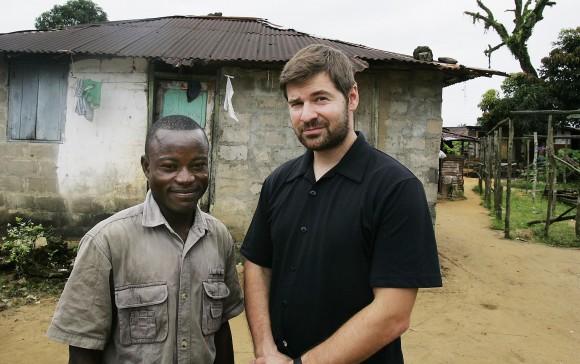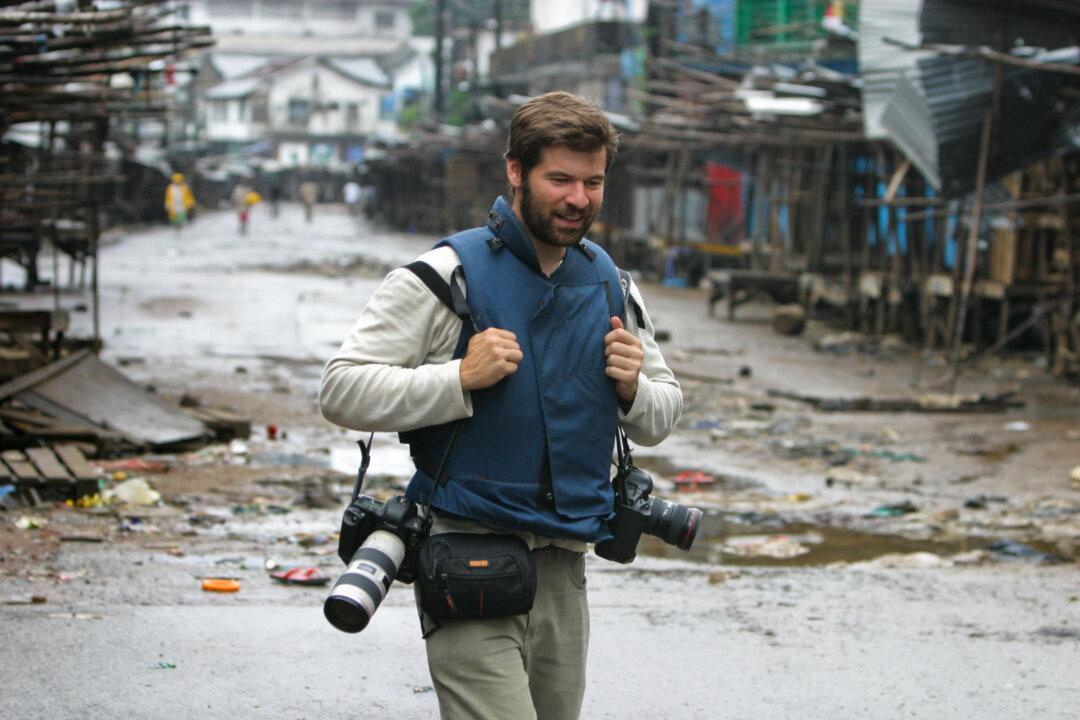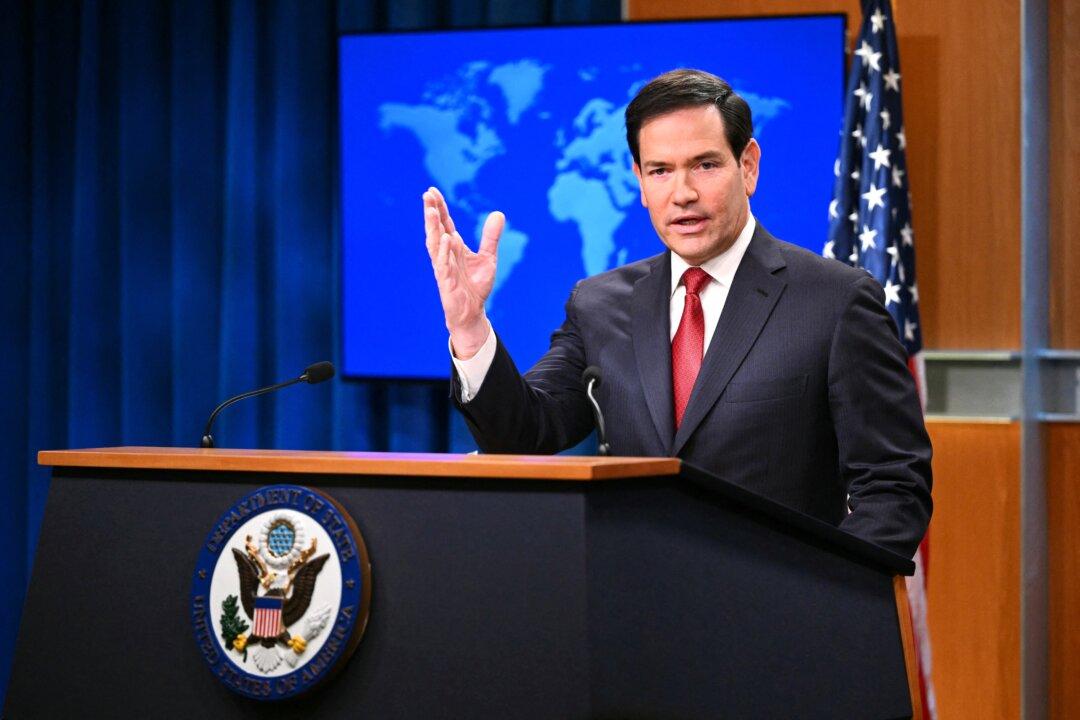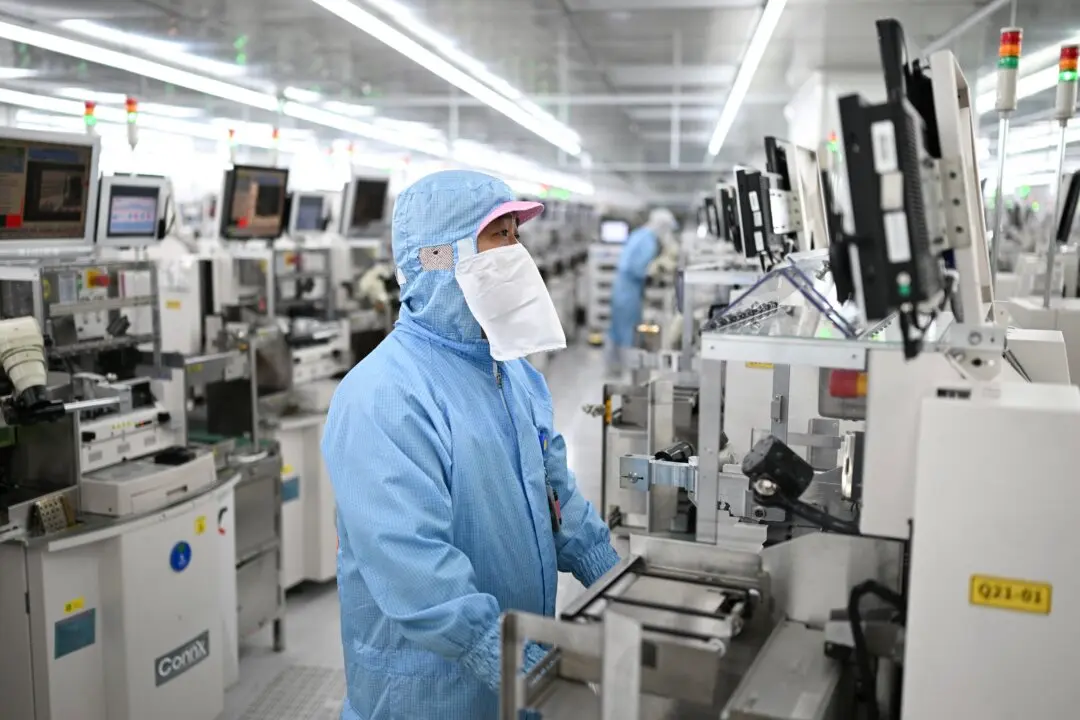NEW YORK—War photographer Chris Hondros took photos that have cemented the world’s understanding of a great many significant events.
His 2003 image of a Liberian soldier jumping for joy after hitting his mark made the cover of every major paper around the world and put Hondros on the map. His photo of a blood-stained young girl spilling out from a car after her parents had been shot by American soldiers in Tel Afar in 2005 became an iconic image of the ongoing violence in Iraq. His body of work encompasses some of the most powerful images of humanity, in some of the most volatile places in the world.
His body of work is remarkable, but colleagues and peers say that the story of the man behind the lens, a person of incredible spirit, focus, and empathy, is just as remarkable.
After Hondros was killed along with journalist Tim Hetherington in Libya in 2011, his childhood friend Greg Campbell set out to create a memorial for him. Campbell, an author and print journalist by trade, said it became quickly apparent that words wouldn’t cut it. Hondros was a visual person who worked in a visual medium.
For years, Campbell and Hondros had talked about making a documentary that showed what it was like to be a conflict photographer. After Hondros’s death, Joseph Duo, the Liberian soldier, reached out to Campbell on Facebook to share how Hondros had kept in touch with him and helped him pursue a career in criminal justice.
[gallery size=“medium” ids=“2245680,2245681,2245679”]
Campbell also wanted to tell Hondros’s story, and the stories behind some of his most iconic images, to show the broader impact Hondros had had as a photo journalist.
These ideas came together four years ago, when Campbell put together a Kickstarter campaign to help fund the film, raising three times the amount he asked for. Campbell traveled to Libya and Iraq to follow up with many people whose lives Hondros had affected in myriad ways. He partnered with Bold Films and Jake Gyllenhaal’s Nine Stories Productions to finish the documentary, which had its world premiere at the Tribeca Film Festival on April 21.
Shining a Light on Humanity
Hondros first picked up a camera at age 16, said Campbell, who was right there with him. Together they created careers in journalism, and Hondros only ever moved relentlessly forward.
In the documentary, there is a clip of an interview with Hondros, where he’s asked how he copes with having seen so much war and carnage, and likely humanity at its worst.
“I’ve also seen humanity at its best,” Hondros says.
Many of his images are up close and personal, full of raw emotion from those most affected by war. Where the average person might feel inclined to use the camera as a shield in such situations, Hondros put his energy into connecting, and the empathy comes through in his images.






